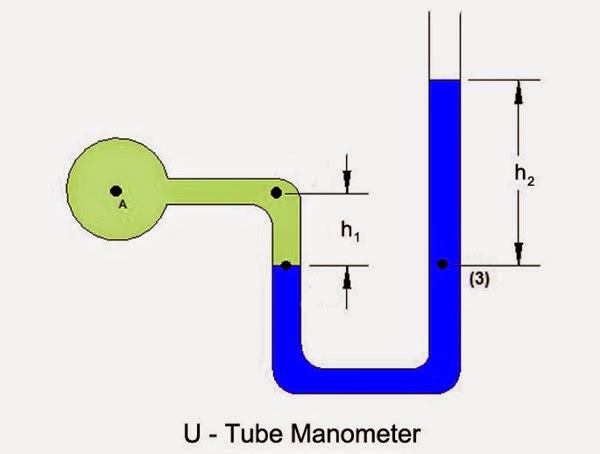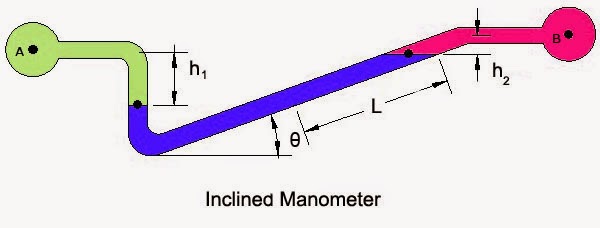Gas Laws explain the behavior of an ideal gas in terms of Temperature, Pressure, Volume. The following are some of the important gas laws are
Boyle’s law formula

Charles law formula

Gay-Lussac's Law Formula

Avogadro’s law equation


- Boyle’s Law
- Charles Law
- Gay-Lussac’s Law
- Avogadro’s law
- Universal Gas Law
Boyle’s Law:
Boyle’s law states that the volume of a given mass of gas (V) is inversely proportional to its absolute pressure (P), provided the temperature of the gas (T) remains constant.Boyle’s law formula

Charles Law:
According to Charles law, the volume of a given mass of gas (V) is directly proportional to its absolute temperature (T), when its pressure remains constant.Charles law formula

Gay-Lussac’s Law:
Gay-Lussac's Law is also know as Amontons’ law. It states that if the volume of a given mass of a gas (V) is kept constant, then the pressure of the gas (P) is directly proportional to its absolute temperature (T).Gay-Lussac's Law Formula

Avogadro’s Law:
Avogadro's law states that equal volumes of different perfect gases, at the same temperature (T) and pressure (P), contain equal number of molecules (n).Avogadro’s law equation

Universal Gas Law:
Combined Gas law is derived from the three gas laws Boyles law, Charles law and Gay-Lussacs law.
Universal Gas Law Formula








